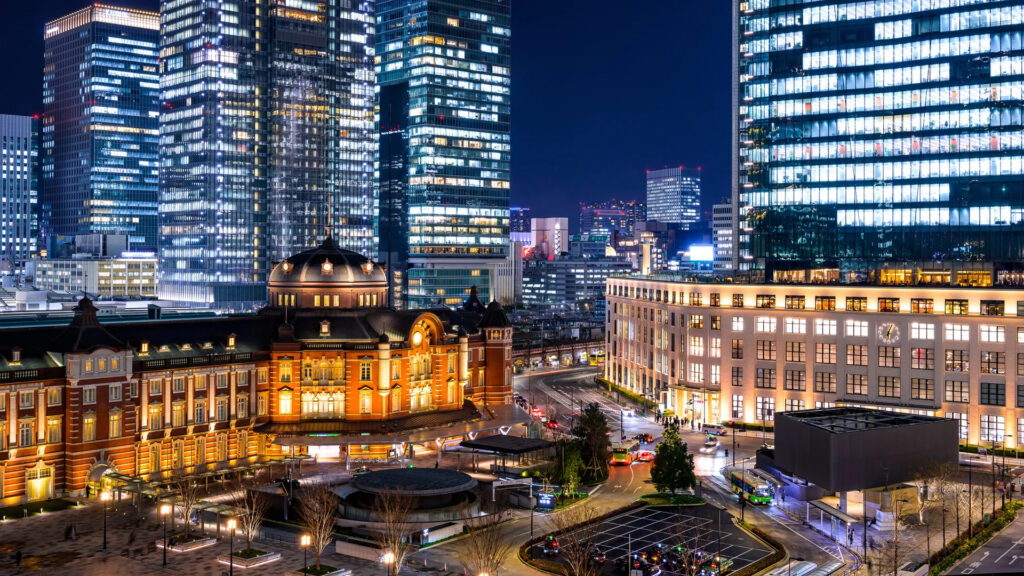[youtube https://www.youtube.com/watch?v=hempPtvapZs]
🛕
In the New Year of 1697, there was an order from the shogunate to build a new Kannon-do Hall, and this great construction was completed in about half a year. On August of the same year, a ceremony to celebrate the completion of the temple was held.
It is a large structure that is the culmination of architectural craftsmanship of the Genroku era. Its grandeur is admired as one of the best in Tokyo.
Although it has been struck by two major disasters, the earthquake and the war, it has retained its original form and conveys the vestiges of Edo to this day, serving as a place of peace for visitors.
When the main hall of Gokokuji Temple was completed in 1682, the Nyoirin Kannon Bosatsu, a natural amber statue from China, which was the personal amulet of Keishoin, was enshrined there. It was later kept as a hidden Buddha, and the statue that is currently enshrined there is the six-armed Nyoirin Kannon Bosatsu.
The statue is said to have been donated by Eiryu-in, the mother of Hotta Masatoshi, in October 1700. The head of the statue is said to have been made by Eshin Sozu, and the body was newly made at that time.
This statue has six hands, which represent the six worlds of hell, the world of hungry spirits, the world of animals, the world of fighting spirits, the world of humans, and the world of heaven, each of which is saved by one of the hands. The origin of the name comes from the figure of the statue.
One right hand holds the Nyoi Hoju, a treasure jewel that grants various wishes as one pleases, and one left hand holds the Rinbo, which represents the Buddhist teachings circulating throughout the world without end. The combination of this Nyoi Hoju and Rinbo is what makes it the Nyoirin Kannon Bosatsu.
The right knee is raised and placed on the left leg, and one right hand is placed on the cheek and the head is tilted to show the meditative pose, which represents the thought of how to save the suffering people. The face has a compassionate expression and continues to watch over the people with warm eyes.
5-40-1 Otsuka, Bunkyo-ku, Tokyo
https://www.gokokuji.or.jp/
🇯🇵JAPAN
🛕Introducing amazing temples and shrines in Tokyo⛩️
The main video is available on YouTube. For more information, please check the link in my profile.
YouTube
https://www.youtube.com/@Tokyo_Lo-FiMusic
Instagram
https://www.instagram.com/tokyolofimusic/
Facebook
https://www.facebook.com/people/TOKYO-LOFI-MUSIC/61569858926312/
#japan #tokyo #temple #shrine #tokyosightseeing #tokyoTourist #tokyotravel #tokyotrip #visittokyo

